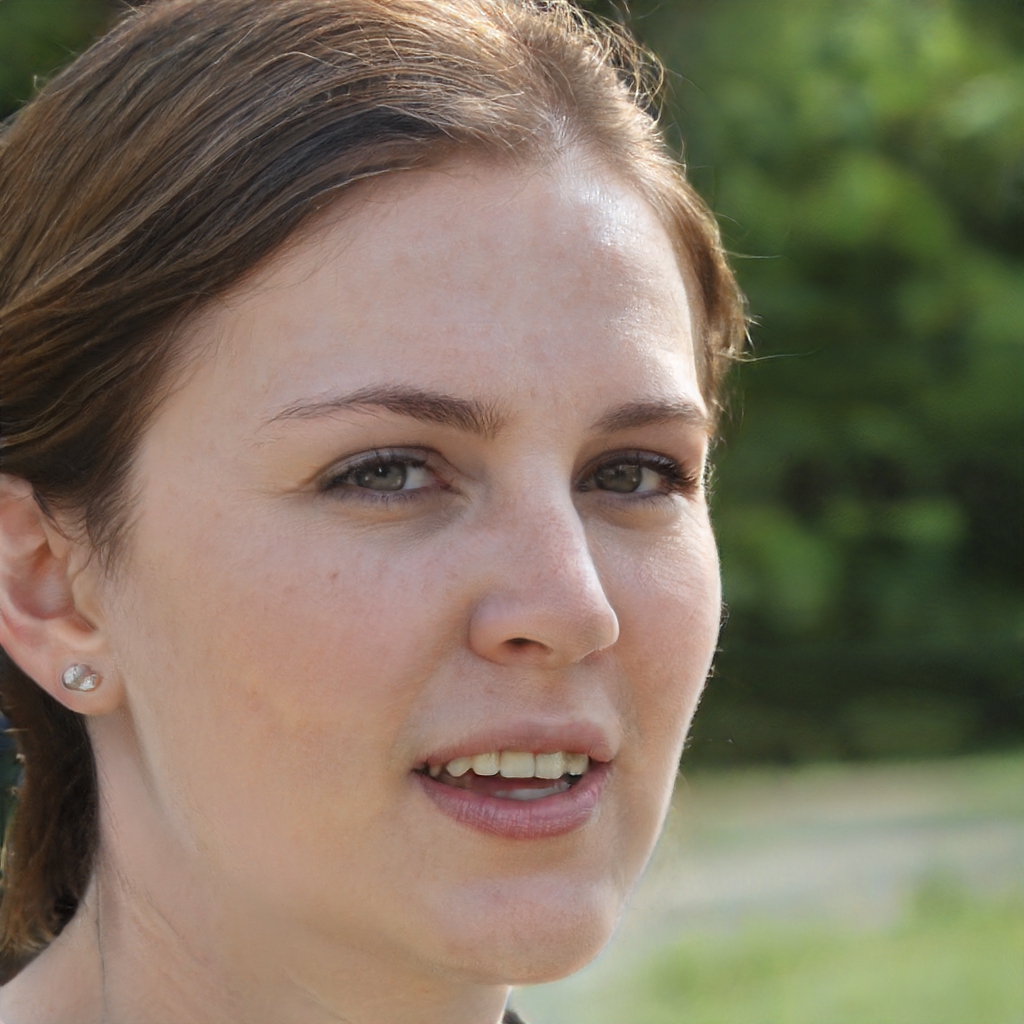The Unfreeze, Change, Refreeze model, also known as Lewin's Change Management Model, is a three-step process for implementing change within an organization. The model was first proposed by Kurt Lewin in the 1940s, and has since been adapted and used by organizations worldwide.
The first step of the model, Unfreeze, involves creating a sense of urgency and discontent with the current state of affairs. This step is often accomplished through education and communication, which help individuals to understand the need for change and the benefits of the proposed changes.
The second step, Change, is when the actual changes are implemented. This step can be challenging, as it requires individuals to learn new skills and behaviours. However, it is important to remember that change is a process, and that it takes time for individuals to adjust to new ways of working.
The third and final step, Refreeze, is when the changes are consolidated and become the new norm. This step often involves formalizing the changes through policies and procedures, and providing ongoing support and training to ensure that individuals are able to sustain the changes over the long term.
What is the change model unfreezing change refreezing?
The change model unfreezing change refreezing is a model that suggests that organizational change occurs in three phases: unfreezing, changing, and refreezing. In the unfreezing phase, the organization becomes aware of the need for change and begins to question its current way of doing things. In the changing phase, the organization makes the actual changes to its structure, processes, or culture. In the refreezing phase, the organization consolidates the changes and embeds them into its new way of doing things.
What is the refreezing stage of Lewin's model?
The refreezing stage of Lewin's model is the final stage in which changes are consolidated and made permanent. This stage involves creating new structures and processes to support the new behavior, and ensuring that employees are fully trained and comfortable with the new way of doing things. This stage can be challenging, as it requires a high level of commitment from everyone involved. However, if successful, the refreezing stage will ensure that the changes made during the unfreezing and changing stages are permanent and become the new norm.
What are Lewins 3 stages of change?
Kurt Lewin's three stages of change model is widely used by trainers and human resource (HR) professionals to bring about behavioral change in individuals and groups. The model posits that change is a process that occurs in three distinct stages: unfreezing, changing, and refreezing.
Unfreezing is the first stage of the model and refers to the process of creating the motivation or need for change. This stage is characterized by a sense of dissatisfaction with the status quo. The individual or group must recognize that there is a need for change and be willing to take action to bring about that change.
The second stage, changing, is when the individual or group actually makes the required changes. This is usually a period of confusion and uncertainty as the old behaviors are replaced with new ones.
The third and final stage, refreezing, is when the new behaviors become cemented and become the new norm. This stage is characterized by a sense of stability and confidence in the new behaviors. What is an example of unfreezing? There are a few different examples of unfreezing that can occur in the workplace. One example is when an employee is able to negotiate a higher salary or wage in their current position. This is often done by researching the market value of their skill set and then presenting this information to their employer in order to prove that they are worth more than they are currently being paid. Another example of unfreezing can occur when an employee is promoted to a higher position within their company. This can often lead to an increase in pay and responsibility, which can be a motivating factor for employees.
